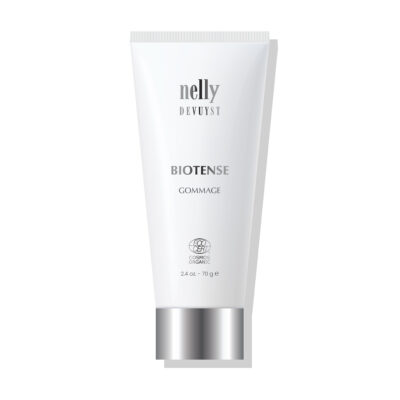How To End Vaginal Yeast Infections
Did you know that vaginal yeast infections affect more than 3 in 4 women at some point in their lives? And worse… for many women, vaginal yeast infections are a recurring problem that causes not only discomfort but also pain. Discover tips and methods to end vaginal yeast infections.
Vaginal yeast infections: what are they?
Vaginal yeast infections are benign infections that are mostly caused by a yeast-like fungus called Candida Albicans. This yeast can affect the mouth, oesophagus, intestines, skin and also the vagina. It usually causes inflammation of the intimate feminine area with the following symptoms:- Abnormal and thick vaginal secretions with a cottage cheese-like appearance
- Itching and burning of the vaginal area
- Pain and discomfort during intimate relations
- Pain and discomfort during urination
- Redness and swelling of the vulvar
The Importance Of pH
Under normal conditions, the vaginal flora is in a state of symbiosis between “good” bacteria, particularly Lactobacillus, and yeasts. When the vaginal pH is acidic and is between 3.8 and 4.1, these microorganisms live in harmony. Lactobacilli produce lactic acid that helps to maintain an acidic vaginal pH and thus preserve the proper bacteria/yeast ratio. The vaginal acidity represents a hostile environment for the proliferation of pathogenic bacteria or yeasts.When The pH Is Out Of Balance…
When the vaginal pH becomes more alkaline, i.e. above 4.2 and 4.5, the lactobacilli are smaller in number and produce less lactic acid. Thus, the vagina becomes an environment conducive to the proliferation of pathogenic microorganisms and yeast. Many factors can affect the vaginal pH and contribute to the overgrowth of Candida Albicans. Since the vagina has many hormone receptors, women are more affected by vaginal yeast infections during periods of hormonal fluctuations such as:- During menstruation or the period of ovulation
- During Pregnancy
- While on the contraceptive pill
- During pre-menopause or menopause
- Taking antibiotics and steroids which affect the lactobacilli, thus promoting yeast
- High blood sugar levels (diabetes)
- A weak immune system
- Wearing tight clothing, heat, or long periods in a swimming pool
- Vaginal douches or the use of products formulated with chemicals and/or perfumes
- Neglecting intimate hygiene after an intimate relation
WHAT TO DO?
If you are prone to reoccurring vaginal yeast infections, it is important to follow a specific daily personal hygiene routine in order to treat and prevent them. Begin by measuring your vaginal pH using a pH indicator strip. Place the pH strip directly into the entrance of the vagina so that it makes contact with the secretions. When the infection is already present, your pH will be above 4.5- Step 1: Clean the intimate area daily with the Cleansing Foam. This ultra-soft certified COSMOS ORGANIC by Ecocert Greenlife foam delicately cleans the intimate areas and preserves the balance of the vaginal flora. It prevents dryness of the mucous membranes and relieves feelings of discomfort to contribute day after day to the well being of the intimate areas.
- Step 2: Use Nelly De Vuyst’s BioFemme Zone Control morning and night for 3 consecutive days only. This certified organic product is made with anti-fungal and anti-inflammatory ingredients help to re-balance the flora in 3 days and relieve itching, burning and irritation. Using a tissue, apply one pump of the product on the intimate feminine area. Leave it all night. The next morning, clean the intimate area with the Cleansing Foam then reapply the Zone Control.
- Step 3: After three days of the Zone Control treatment, apply the pH Balancing Gel to the intimate area morning and night for a minimum of 1 week. This organic product contains lactic acid and prebiotic ingredients to maintain the physiological pH and ecosystem of the intimate area to prevent re-occurrence.
Nelly De Vuyst® BioFemme Collection
Certified COSMOS® Organic by ECOCERT® GREENLIFE If your pH is between 4.2 and 4.5- Step 1: Use the Nelly De Vuyst® Zone Control morning and night for 1 day only.
- Step 2: Clean the intimate area with the Cleansing Foam daily and after intimate relations.
- Step 3: The day after using the Zone Control treatment, apply the pH Balancing Gel daily to the intimate area morning and night for a minimum of 1 week.


 Français
Français

















